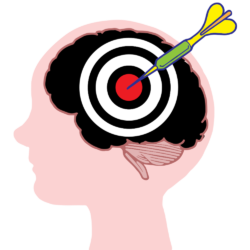-
×
 Near Me Domination from Angel Cruz
1 × $62.00
Near Me Domination from Angel Cruz
1 × $62.00 -
×
 ACTIVATE by Holly Perkins
1 × $25.00
ACTIVATE by Holly Perkins
1 × $25.00 -
×
 How To Backtest Bootcamp - Unbiased Trading | Digital Download
1 × $79.00
How To Backtest Bootcamp - Unbiased Trading | Digital Download
1 × $79.00 -
×
 MicroTrends NinjaTrader Framework 7.0.1.68,(Apr 2015)
1 × $42.00
MicroTrends NinjaTrader Framework 7.0.1.68,(Apr 2015)
1 × $42.00
Subtotal: $208.00






















Reviews
There are no reviews yet.